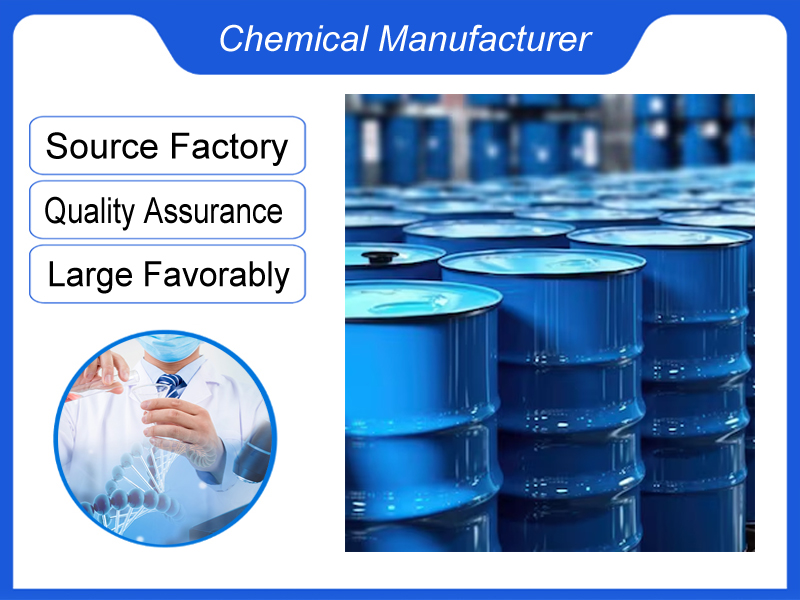
Hexachloroacetone
We are a manufacturer based in China. We specialize in providing high-quality Hexachloroacetone for industrial clients across various sectors. Whether you need chemicals consultation or technical support, our team is here to help.
Category:Agrochemicals Own Brand:MT /MOQ:100KG /From China/ B2B only.
Introduction
Hexachloroacetone
Chemical Name: 1,1,1,3,3,3-Hexachloro-2-propanone
Synonyms: HCA; Perchloroacetone; Hexachloropropanone
CAS Number: 116-16-5
Molecular Formula: C₃Cl₆O (or Cl₃C-CO-CCl₃)
Molecular Weight: 264.75 g/mol
Physical and Chemical Properties
- Appearance: Colorless to pale yellow liquid
- Odor: Pungent, sweetish (similar to chloroform)
- Melting Point: –2 °C (28 °F)
- Boiling Point: 204–205 °C (399–401 °F)
- Density: 1.74 g/cm³ (at 20 °C)
- Vapor Pressure: ~0.3 mmHg (at 20 °C)
- Solubility:
- Slightly soluble in water (decomposes slowly).
- Soluble in organic solvents (ethanol, ether, benzene).
Chemical Properties
- Reactivity:
- Reacts with strong bases, reducing agents, and metals.
- Releases toxic gases (e.g., phosgene, hydrogen chloride) upon decomposition.
- Stability: Stable under normal conditions but hydrolyzes in water/alkaline solutions.
Hazard and Safety Information (GHS)
- Hazard Symbols: T (Toxic), N (Environmental Hazard), Xi (Irritant)
- Hazard Statements:
- H301: Toxic if swallowed.
- H311: Toxic in contact with skin.
- H315: Causes skin irritation.
- H319: Causes serious eye irritation.
- H335: May cause respiratory irritation.
- H411: Toxic to aquatic life with long-lasting effects.
- Precautionary Measures:
- P261: Avoid breathing dust/fume/gas.
- P273: Avoid release to the environment.
- P280: Wear gloves/protective clothing/eye protection.
Storage & Handling
- Store in a cool, dry, ventilated area in tightly sealed containers.
- Keep away from heat, sparks, and open flames (non-flammable but decomposes at high temps).
- Use chemical-resistant gloves (neoprene, nitrile) and fume hood for handling.
Applications
- Intermediate in pesticide/herbicide synthesis (e.g., alachlor).
- Organic synthesis (chlorination agent).
- Formerly used as a lacrimator (tear gas).
If you're ready to take the next step, Leave your message below and we’ll reply soon. 20+ years of chemical manufacturing & export experience, a partner you can trust.





